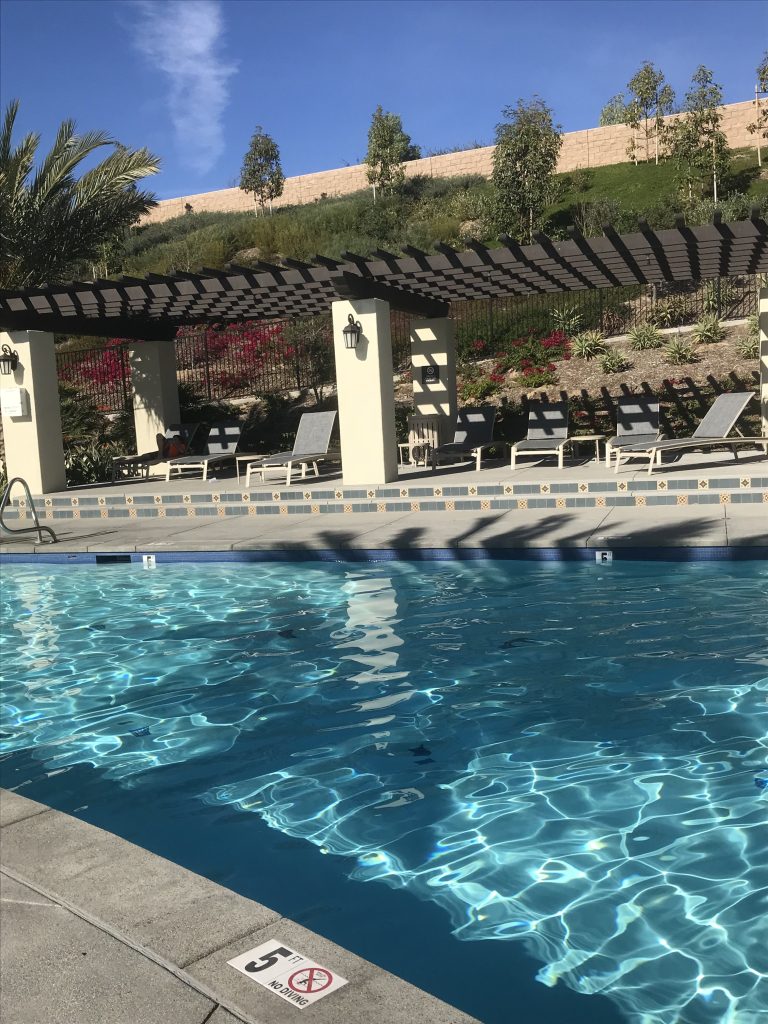When it comes to children, there is always something to talk about with regards to safety. We counsel new parents on baby safety, we talk about staying safe during cold winter months and while playing winter sports, and of course every summer we talk about sunscreen, bike helmets and pool safety. However, water safety is not just about the pool or about swimming. Babies and toddlers can drown in just 2 inches of water. That means a toilet or a dog bowl can also be a source for drowning. Furthermore, toddlers wander and are curious, so any body of water is a safety risk even during non-swimming times. That means water safety is everyone’s responsibility all year when young children are around.
Swimming and Pools
I’ll start with swimming since pools and lakes are the most likely source of drowning. Drowning is the leading cause of injury-related death in children 1-4 years old. Most of these drownings occurred in swimming pools according the the Centers for Disease Control. What can parents do when water is around?
1. Nothing replaces constant supervision around water. Any adult in charge of watching young children in and around the pool needs to be aware of where the children are at all times.
2. All weak swimmers should be under “touch supervision” while in the water. This means keeping babies and toddlers within arms reach at all times.
3. Use only approved life jackets for safety and flotation. Do not use arm or other inflatable “floaties”.
4. All pools should be surrounded by a 4-sided fence, 4 feet high, with a self-latching gate.
5. While children don’t routinely become strong swimmers until after 4 years old, some studies show that swim lessons between 1-4 years of age can reduce drowning. However, this does not replace adult supervision and the use of a flotation device.
6. Any adult supervising swimmers should learn CPR and should remove all distractions, including phones.
7. Don’t forget that drowning is often silent. Look for a child who is still, not using their legs or hyperventilating.
8. Always empty portable or toy pools when finished with them.
9. Remove toys from the swimming pool to prevent curious toddlers from trying to go after them.
Other Bodies of Water
1. Never leave a baby or toddler alone in a bathtub. Ever. Even for 1 second.
2. Keep all doors locked and watch young children closely if there is any type of pool or water source outside the house.
3. Keep all buckets and water toys empty when not in use.
4. Always use a flotation device (vest) while boating.
5.Watch babies and toddlers around dog bowls.
6. Use lid locks for toilets.



